Who else feels like wearing a white toga and donning a laurel leaf crown while munching on a pomegranate? (Just me? Oh, well.)
Let me explain. The pomegranate goes back to ancient Middle East civilizations and was well-known in the Biblical period.
Once this historic plant made its way to Greece, it became one of the first foods to be cultivated,
much like the fig.
The pomegranate then traveled through China and India, and then on to the Mediterranean where it thrived in the dry,
hot climate.
Spanish missionaries later brought pomegranates to the New World, and as the missions popped up along
California, so did pomegranates.
Despite being both historic and a superfruit, this resilient plant isn’t grown by many home gardeners—but maybe after learning more, they’ll want to reconsider.

Above: An established pomegranate tree in Sarah Price’s award-winning garden. Photograph by Jim Powell for Gardenista, from Chelsea Flower Show 2018: A Behind-the-Scenes Look at Designer Sarah Price’s Mediterranean Garden.
From a 3-foot shrub (in the dwarf variety) to a towering 20-foot-tall and -wide tree, pomegranates symbolize prosperity and abundance due to their many, many seeds, but they do require a bit of patience as they can take two to three years before beginning to fruit and then five to seven months for fruit to mature. But once your tree is up and running, it is an easy plant to take care of. To start, pomegranates are both self- and cross-pollinated (mainly by bees), so you only need one tree to get fruit, though you can boost production by planting more pollen-heavy flowers in your garden to lure the helpful workers.
Pomegranates thrive in USDA growing zones 8 to 10, but if you don’t live where there are long, dry, hot summers (which is what the plant sadistically likes), then you can appreciate the pomegranate as an interesting large shrub with tube-shaped, bright red-orange summer flowers that turn into hard, not so tasty, but definitely ornamental globes. Plus, in the fall the leaves turn a pleasing fall-inspired yellow before dropping off. For coastal, cooler climate gardens where summers are mild, consider growing an early maturing type, like Golden Globe.
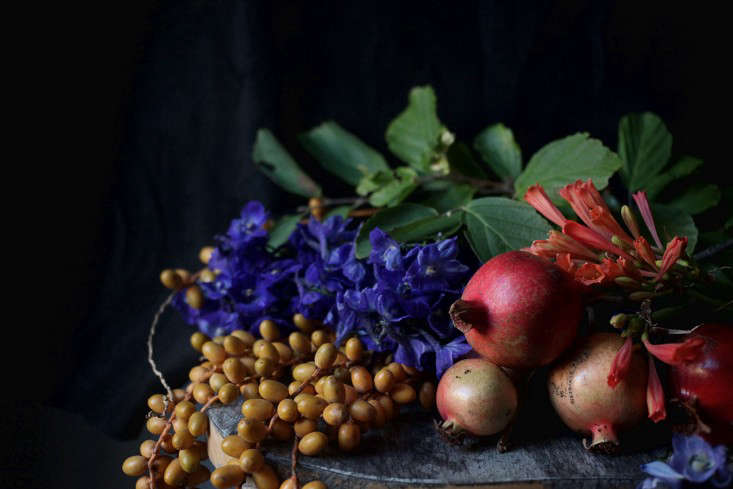
When choosing a pomegranate variety, it’s smart to consider what you want to use them for as some varieties have soft jewel-like seeds and other contain hard seeds. Do you want to juice the fruit, or do you want to eat them fresh (which means you should look for a softer seed variety)?
If a large pomegranate isn’t in your cards, then consider the dwarf and dense pomegranate ‘Nana’. But be aware that the fruit will not be tasty, so grow this smaller-sized shrub more as a 3-foot ornamental than an edible shrub. This variety is excellent in containers and good for bonsai.
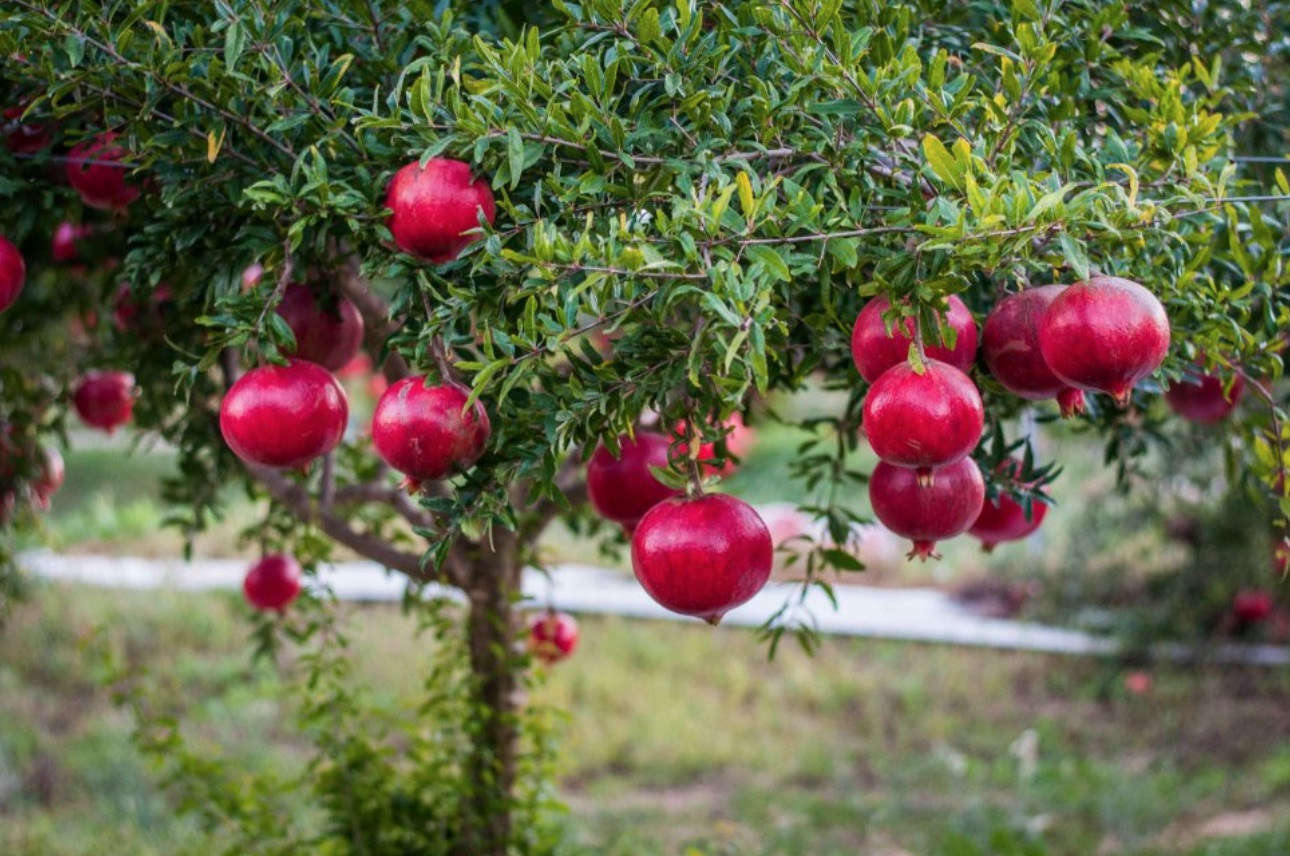
Wonderful: A popular, long-lived, and improved variety with a fountain-like habit and large, purple-red fruit with a deliciously tangy flavor. Also good for making juice and cold hardy to zone 8.
Eversweet: As the name implies, this variety is very sweet and, a bonus, virtually seedless. Red skinned with clear, non-stain producing juice. Grows to a 10-foot arching shrub or can be trained as a tree or espalier. This variety is known for having showy flowers with a long blooming season and extended crops. Cold hardy to zone 8.
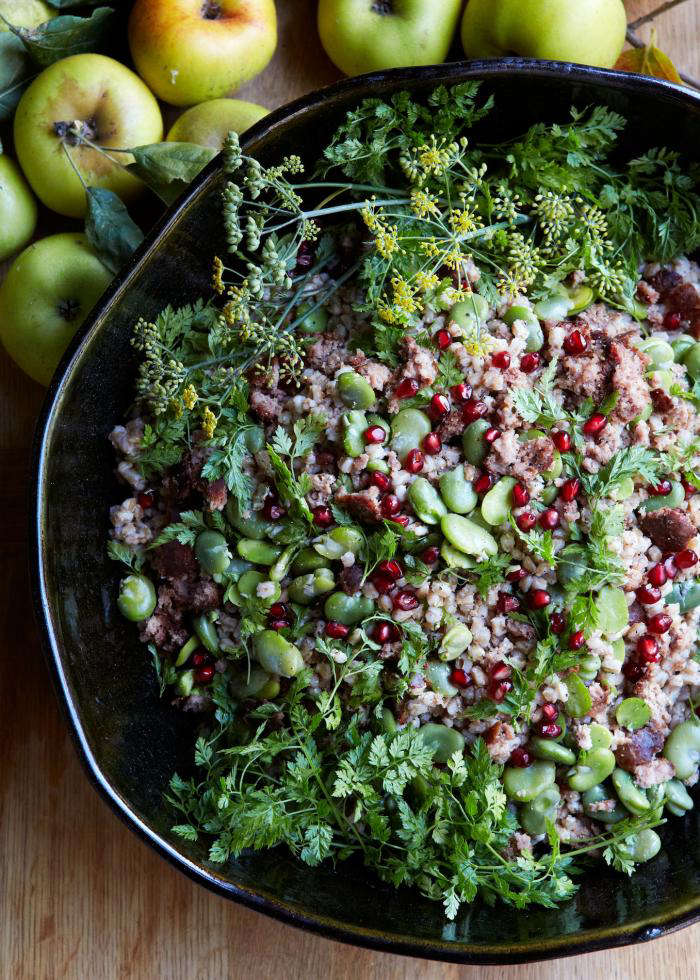
- Normally a large deciduous shrub but also works well pruned into a small tree or an espalier.
- Add one to your fruit orchard and devour all the powerful antioxidants contained in the fruit.
- Popular for turning into bonai forms.
- Perfect for adding to Mediterranean style gardens, paired with fig, citrus, and olive trees.
- Pomegranates will darken their red color at room temperature, and their juicy and slightly tangy fruit can be used in many dishes, especially mixed into salads where they resembles tasty blushing pearls and add a tart crunch.

Keep It Alive
- Plant in a hot, sunny spot to produce the best fruit, at least 6 hours.
- Not as finicky as other fruit trees, pomegranates prefer well-draining loamy soil but will tolerate clay or sandy soils too. They also surprisingly handle salty soil like a champ.
- In the fall, feed your plant with a good supply of nitrogen to support both flower and foliage growth. Also, like other fruit trees, an application of epsom salt helps produce sweeter fruit. Add 1 Tablespoon per square foot of tree.
- Will tolerate drought but expect diminished fruit production. To optimize flavor, keep your plant well watered during the growing season and into fall.
- Harvest before maturity in October and make sure you do this before the fall rains as this can split the fruit. Pro tip: Harvest when color peaks out and when tapped they make a metallic sound.
- Prune in late winter before the buds break but after the last frosty day. Also prune out any suckers or wayward branches throughout the growing season. Be careful because the branches are armed with unfriendly spines or thorns (it is considered a berry bush, afterall.)
- Yes, you can try to grow your own pomegranate by saving the seeds. Dry your seeds out first for a few days and then in the spring plant your seeds in a seed starting mix and germinate indoors.
Source:

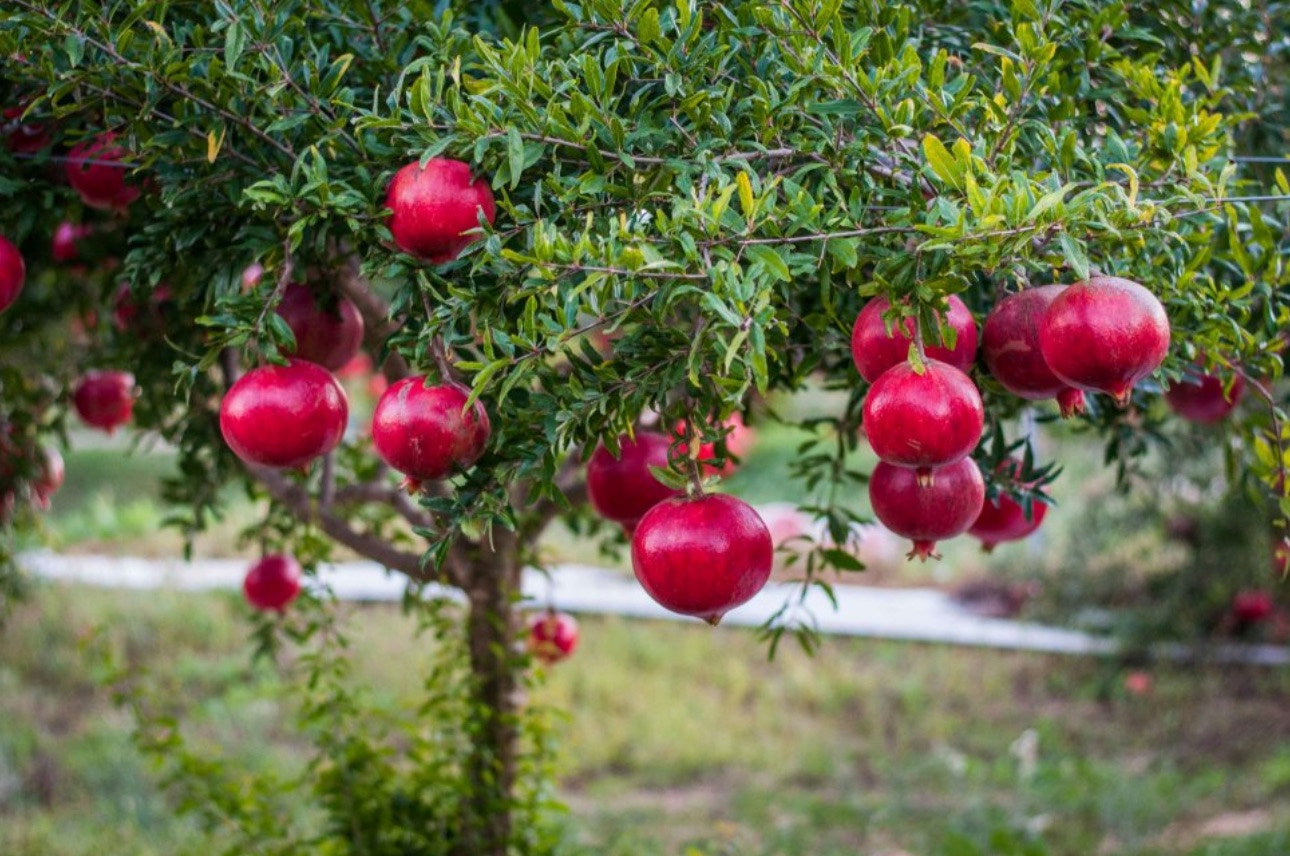
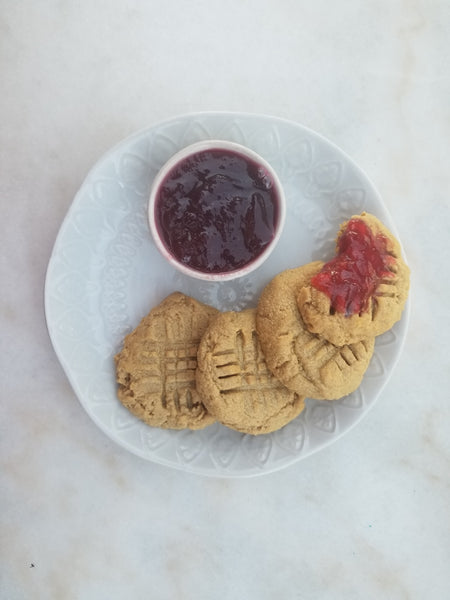
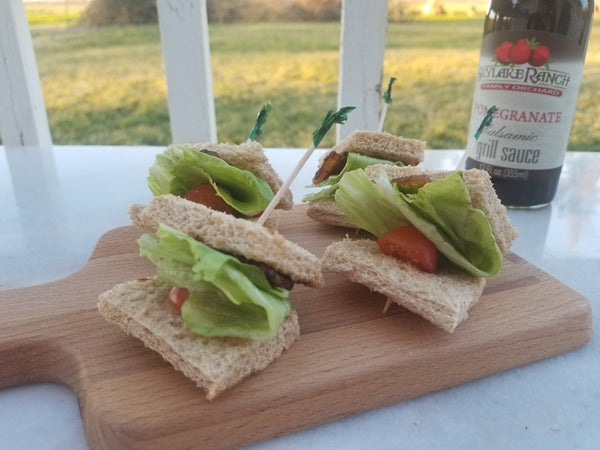
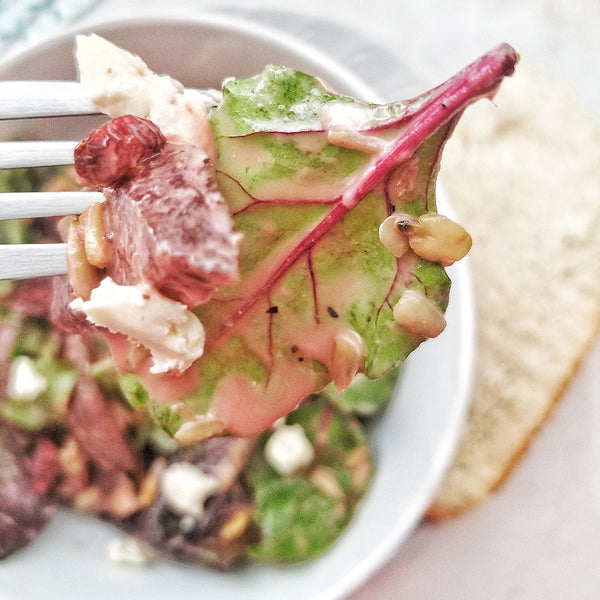
Chris Brown
Author